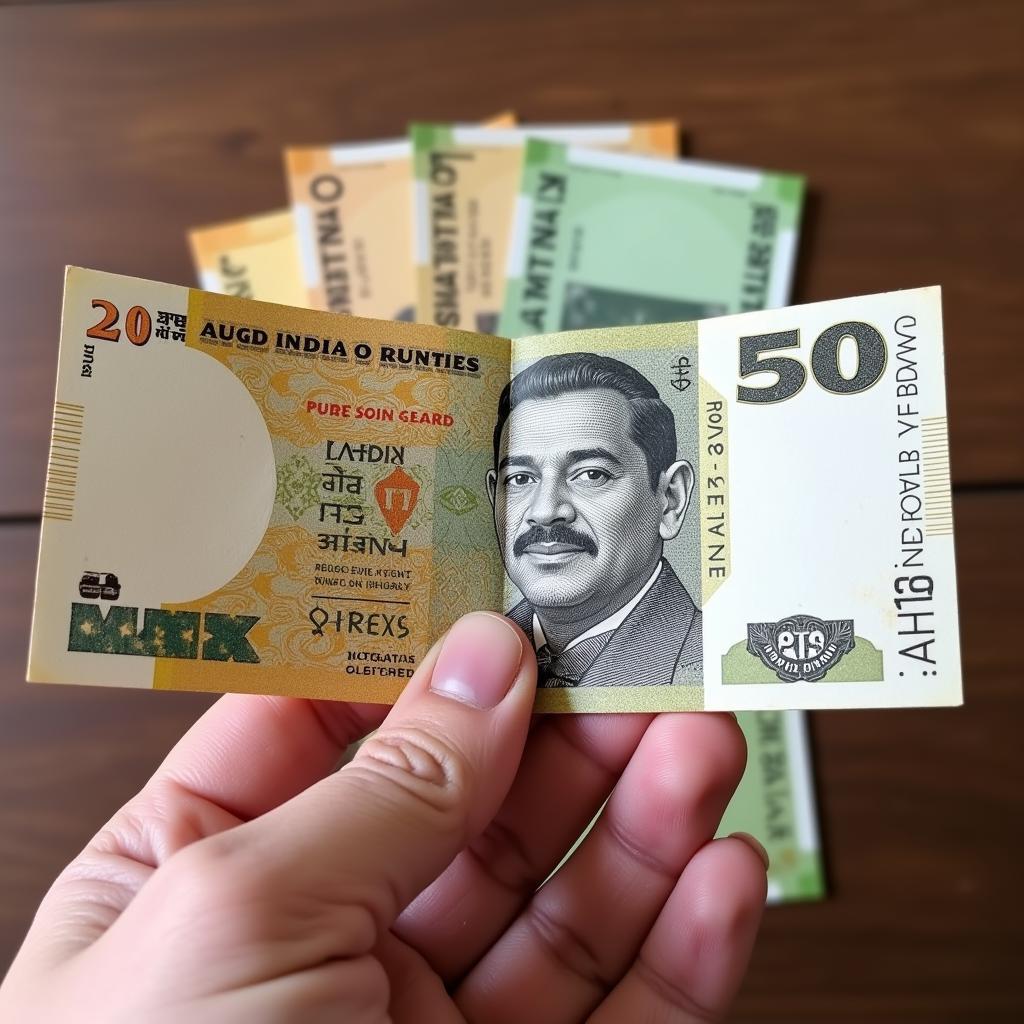African Gravies: A Culinary Journey Through Flavorful Sauces
African Gravies, also known as sauces, are a fundamental part of the continent’s diverse culinary landscape. They are more than just a condiment; they are the lifeblood of many African dishes, adding richness, depth, and a vibrant symphony of flavors. From the hearty stews of West Africa to the aromatic curries of East Africa, gravies play a pivotal role in bringing communities together around a shared table.
Understanding the Role of Gravies in African Cuisine
African gravies are a testament to the continent’s rich history and culinary traditions. They are a reflection of the diverse ingredients available, the ingenuity of cooks, and the importance of food in social gatherings. These gravies serve several purposes:
- Flavor Enhancement: Gravies add a layer of depth and complexity to dishes, transforming simple ingredients into flavorful meals.
- Texture and Consistency: They create a satisfying texture, whether it’s a thick, rich gravy for soaking bread or a thin, flavorful sauce for drizzling over meat.
- Nutrition: Gravies often incorporate nutrient-rich ingredients like vegetables, legumes, and spices, adding valuable vitamins and minerals to the diet.
- Social Significance: Gravies are often passed down through generations, representing family traditions and shared cultural heritage.
A Global Exploration of African Gravies
Across the continent, African gravies come in a dazzling array of flavors and textures. Here’s a glimpse into the world of gravies in different regions:
West Africa: Peanut Stew and Beyond
West African cuisine is renowned for its flavorful peanut stews, also known as “groundnut soup.” These stews are often simmered for hours, allowing the peanut butter to meld with spices like cayenne pepper, paprika, and smoked paprika, creating a rich, nutty, and savory base.
“In West Africa, gravies are the backbone of our cuisine. They are the source of comfort, nourishment, and joy.” – Aisha Ibrahim, Ghanaian chef
Other popular West African gravies include:
- Suya Sauce: A spicy and tangy sauce made with ginger, garlic, and chili peppers, often used to marinate and glaze skewers of grilled meat.
- Ogbono Soup: A thick and flavorful soup made from Ogbono seeds, a type of African wild mango, often featuring vegetables like okra and leafy greens.
East Africa: Aromatic Curries and Rich Sauces
East Africa is home to a vibrant culinary landscape with a focus on spices and aromatic flavors. Curries are a prominent feature, with coconut milk often used as the base for rich and creamy gravies.
“East African gravies are a symphony of flavors. They are the culmination of generations of culinary traditions, blending spices and ingredients in harmonious combinations.” – Mohammed Ahmed, Somali chef
Some notable East African gravies include:
- Biryani Sauce: A fragrant and aromatic sauce made with yogurt, spices, and often infused with saffron, traditionally used to cook biryani rice dishes.
- Mchuzi wa Samaki: A flavorful fish sauce often made with tomatoes, onions, garlic, ginger, and spices, served with grilled fish or seafood.
Southern Africa: Spicy Stews and Flavorful Sauces
Southern Africa boasts a diverse culinary landscape with influences from various cultures. The gravies here are often hearty, spicy, and feature unique ingredients.
“Southern Africa’s gravies are a testament to our resilience and resourcefulness. They are a reflection of our ability to create delicious dishes from readily available ingredients.” – Thandiwe Dlamini, South African chef
Some popular Southern African gravies include:
- Morogo: A spinach-based stew, often spiced with chili peppers and garlic, and typically served with traditional maize porridge.
- Chakalaka: A flavorful relish made with vegetables, beans, and spices, commonly served as a side dish or as a topping for bread and meat.
The Art of Crafting African Gravies
While each region and community has its own unique recipes, the fundamentals of crafting African gravies remain consistent. Here are some common techniques:
- Spice Blends: African gravies are characterized by the use of various spice blends, often combining aromatic ingredients like ginger, garlic, turmeric, cumin, paprika, and chili peppers.
- Roasting and Blending: Many gravies are made by roasting vegetables and spices, creating a base with a deeper, more complex flavor. The roasted ingredients are then blended into a smooth paste or sauce.
- Slow Simmering: Slow simmering allows the flavors to meld and deepen, creating a rich and satisfying gravy.
- Texture and Consistency: Different gravies require different levels of thickness. Some are thin and watery, while others are thick and rich, depending on the ingredients and desired texture.
African Gravies: A Culinary Tapestry of Flavors
African gravies are more than just sauces; they are a testament to the continent’s cultural richness and culinary ingenuity. They are a reflection of the diverse ingredients, cooking techniques, and traditions that have been passed down through generations. Whether it’s a spicy stew, a fragrant curry, or a rich peanut soup, African gravies offer a culinary journey through a world of flavor and tradition.


